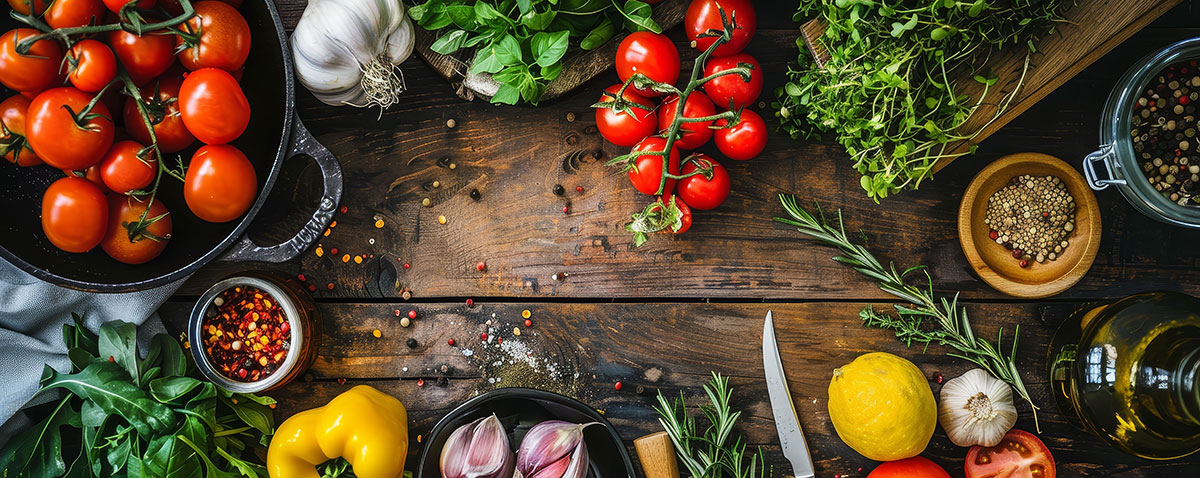Hello, food enthusiasts! I’m Aryn Hala, and today I’m excited to delve into the world of innovative techniques in sustainable cooking. As a chef passionate about blending creativity with eco-conscious practices, I’ve witnessed firsthand how modern chefs are redefining what it means to cook sustainably. From inventive use of ingredients to cutting-edge kitchen technologies, let’s explore how these advancements are shaping the future of eco-friendly cuisine.
Embracing Zero-Waste Cooking
One of the most exciting trends in sustainable cooking is the zero-waste movement. This approach focuses on minimizing food waste by utilizing every part of the ingredient. It’s not just about reducing waste but also about maximizing flavor and nutritional value.
Creative Use of Ingredients
In a zero-waste kitchen, creativity is key. For example, vegetable scraps like carrot tops, onion peels, and beet greens can be transformed into flavorful stocks, soups, or even pesto. Similarly, overripe fruits can be turned into jams, sauces, or baked goods. This approach not only reduces waste but also offers new and delicious ways to enjoy ingredients that might otherwise be discarded.
Techniques for Preservation
Preservation techniques like pickling, fermenting, and drying are also integral to zero-waste cooking. These methods extend the shelf life of produce, allowing you to enjoy seasonal flavors long after their harvest. Pickled vegetables and fermented foods like kimchi or sauerkraut add unique flavors to dishes and can be incorporated into a variety of recipes.
Sustainable Sourcing and Ingredient Innovation
Modern chefs are redefining sustainability by rethinking how and where they source their ingredients. By prioritizing local, seasonal, and responsibly sourced produce, they are making a significant impact on the environment and the local economy.
Local and Seasonal Ingredients
Using local and seasonal ingredients is a cornerstone of sustainable cooking. Ingredients grown close to home are often fresher and require less transportation, reducing their carbon footprint. This practice also supports local farmers and helps maintain the regional agricultural landscape.
Plant-Based and Alternative Proteins
Another significant innovation is the rise of plant-based and alternative proteins. As we become more aware of the environmental impact of animal farming, many chefs are exploring plant-based options that are both nutritious and delicious. Ingredients like legumes, nuts, seeds, and innovative products like lab-grown meat offer sustainable alternatives to traditional animal proteins.
Cutting-Edge Kitchen Technologies
Advancements in kitchen technology are also playing a crucial role in sustainable cooking. From energy-efficient appliances to smart cooking techniques, these innovations help reduce waste and energy consumption.
Energy-Efficient Appliances
Energy-efficient appliances like induction cooktops and convection ovens use less energy compared to traditional methods. These appliances not only reduce the kitchen’s carbon footprint but also improve cooking efficiency. By investing in these technologies, chefs can lower their energy consumption and create more sustainable kitchens.
Smart Cooking Techniques
Smart cooking techniques, such as sous-vide and low-temperature cooking, also contribute to sustainability. Sous-vide, a method of vacuum-sealing food and cooking it in a precisely controlled water bath, reduces the need for excessive cooking fats and can help retain nutrients. Low-temperature cooking ensures that ingredients are cooked evenly and thoroughly, minimizing waste and preserving flavor.
Innovative Menu Planning
Effective menu planning is crucial for sustainable cooking. Modern chefs are increasingly adopting strategies that focus on minimizing waste and optimizing ingredient use.
Flexibility and Adaptability
Seasonal menu planning is a flexible approach that allows chefs to adjust their offerings based on the availability of ingredients. By creating menus that can adapt to what’s fresh and in-season, chefs can ensure that they are using the best ingredients while reducing waste.
Portion Control and Presentation
Portion control and thoughtful presentation are also important aspects of sustainable menu planning. By offering various portion sizes and designing dishes that encourage customers to enjoy every bite, chefs can reduce food waste and enhance the dining experience. Creative plating and serving techniques can also make a significant difference in how much food is consumed.
Education and Community Engagement
Educating both staff and customers about sustainable practices is vital for fostering a culture of eco-consciousness in the culinary world. Many chefs are actively engaging with their communities to promote sustainable cooking and raise awareness about the benefits of these practices.
Training and Workshops
Hosting workshops and training sessions on sustainable cooking techniques can empower both professional chefs and home cooks to adopt eco-friendly practices. These educational opportunities provide valuable insights into waste reduction, ingredient sourcing, and innovative cooking methods.
Collaborations and Partnerships
Collaborations between chefs, farmers, and food organizations also play a significant role in advancing sustainable cooking. By working together, these groups can share knowledge, resources, and best practices to promote a more sustainable food system.
Conclusion
Innovative techniques in sustainable cooking are reshaping the culinary landscape, offering new ways to enjoy delicious food while minimizing our environmental impact. From embracing zero-waste practices to utilizing cutting-edge technologies and rethinking ingredient sourcing, modern chefs are leading the way in eco-friendly cuisine.
As someone deeply committed to sustainability, I’m inspired by the creativity and dedication that defines this movement. By incorporating these innovative techniques into our cooking, we can all contribute to a more sustainable and flavorful future. Let’s continue to explore, experiment, and enjoy the endless possibilities that come with cooking responsibly and deliciously!
